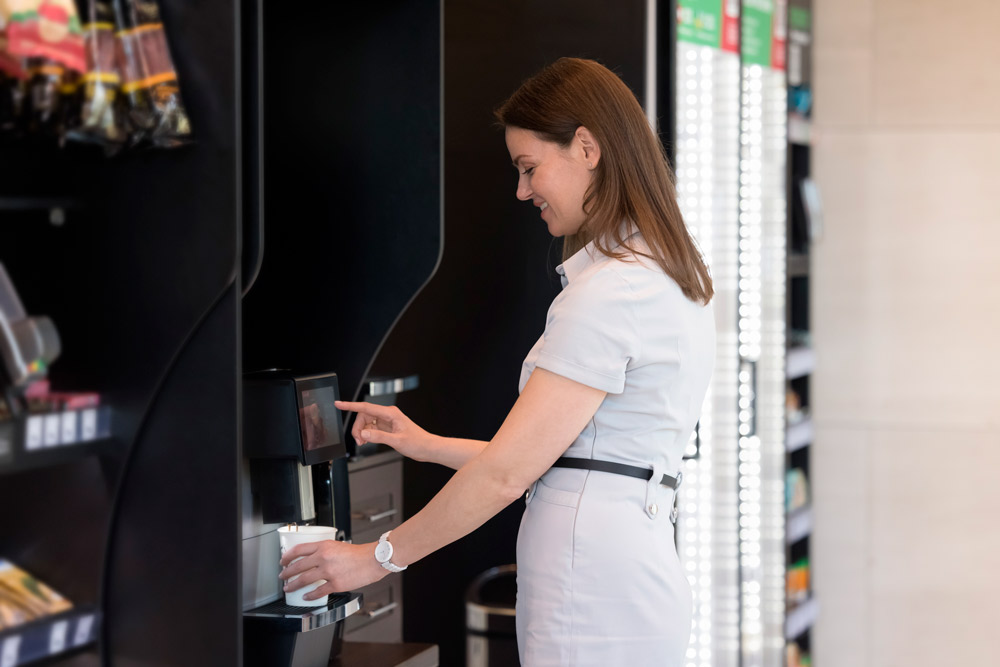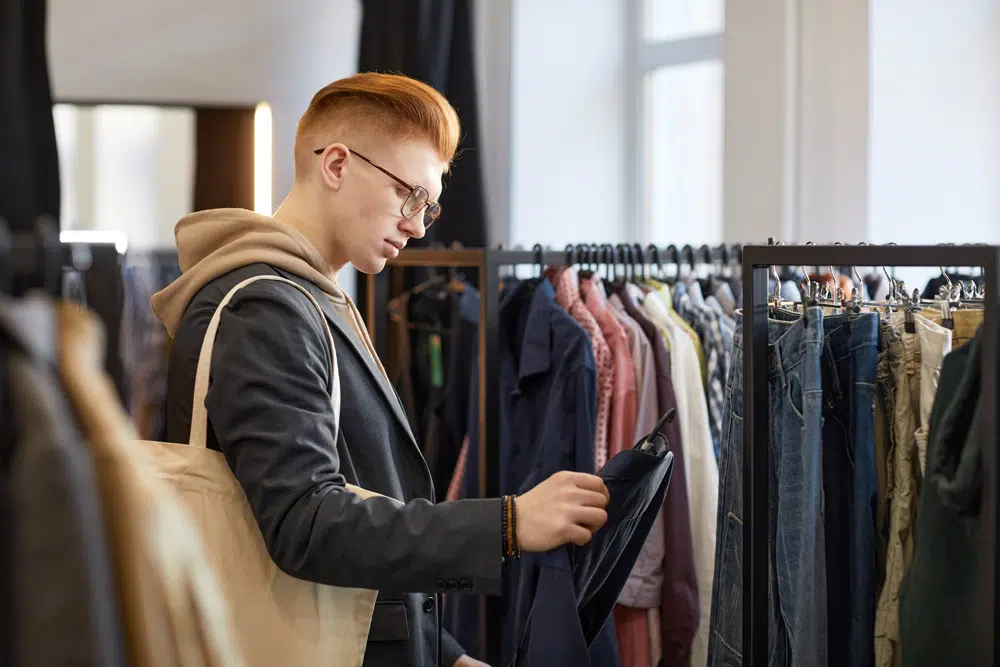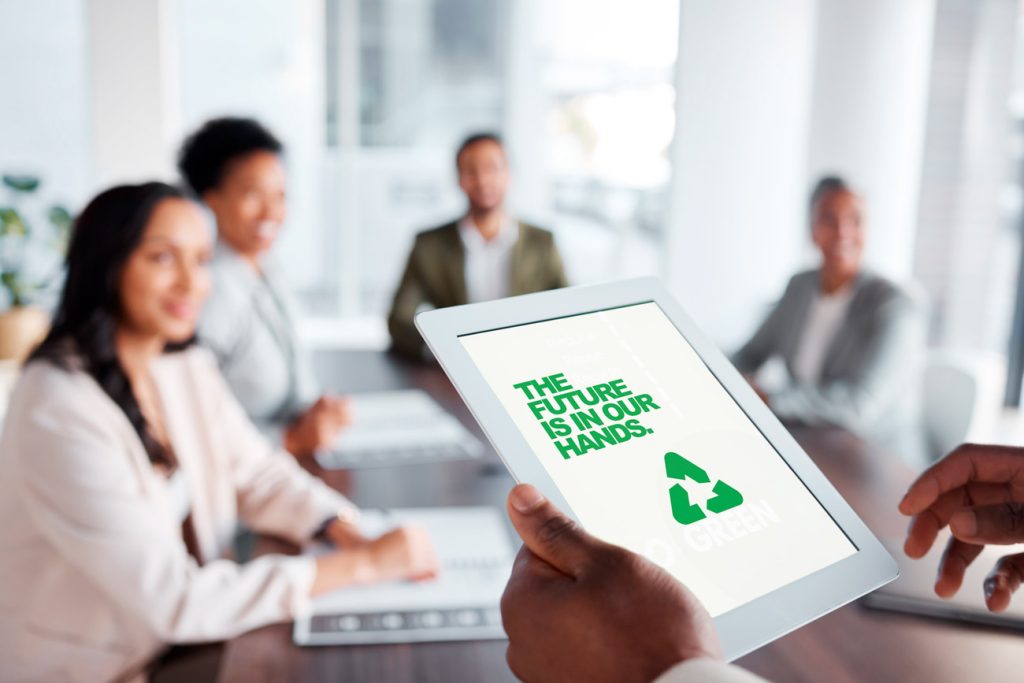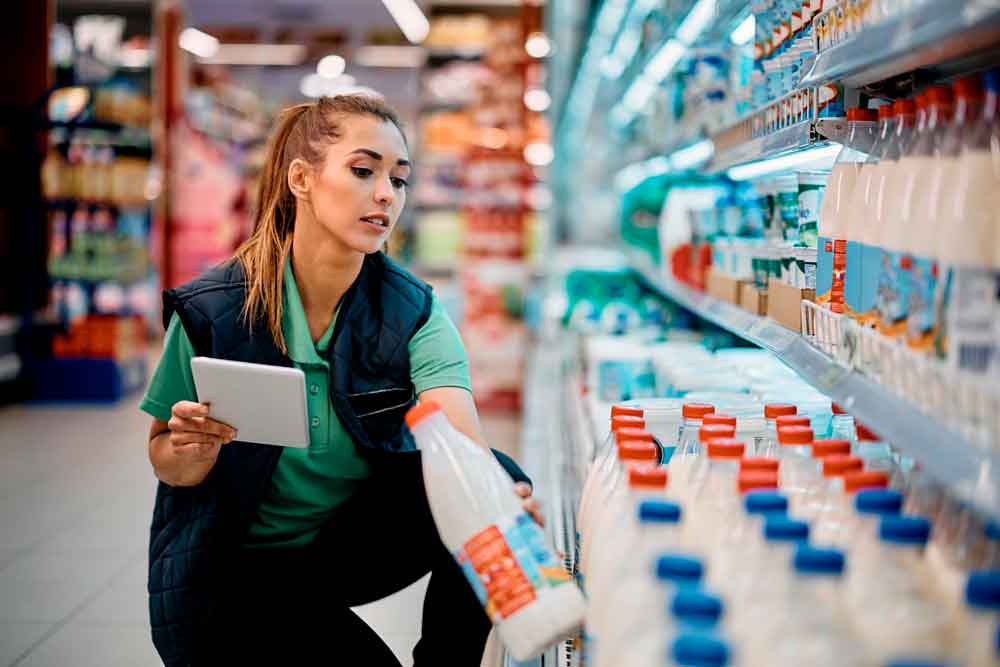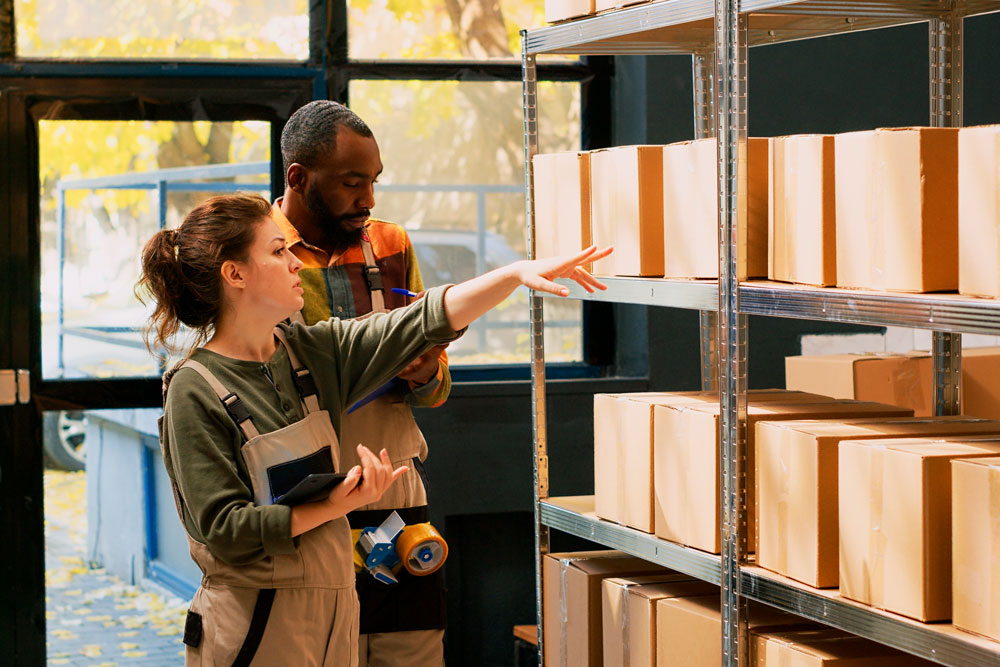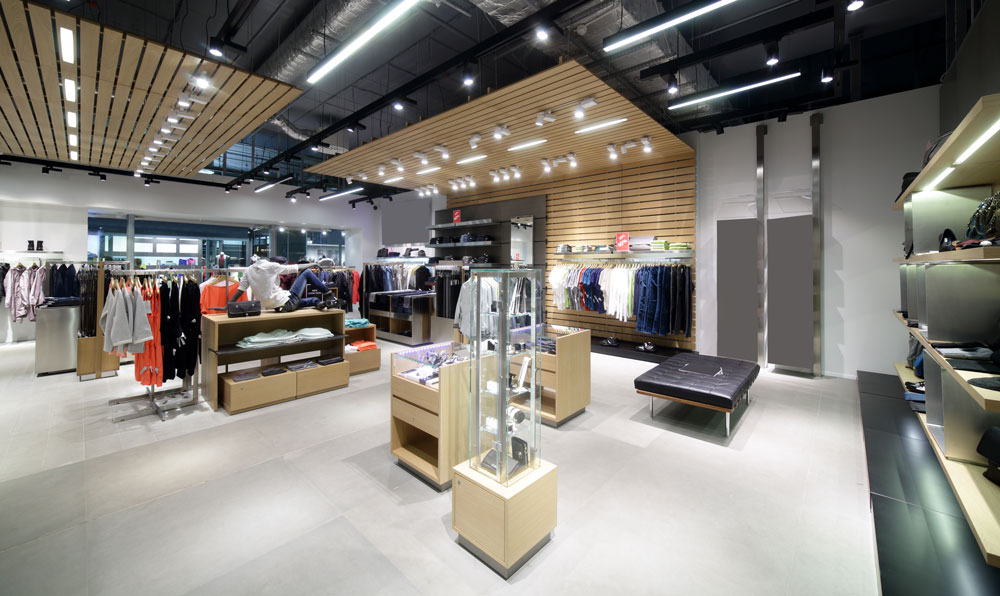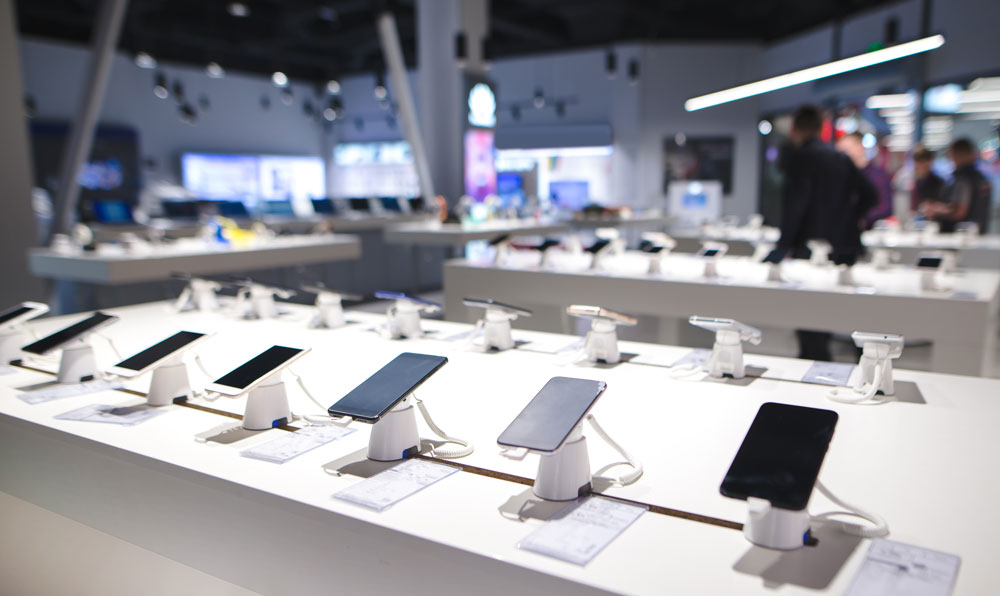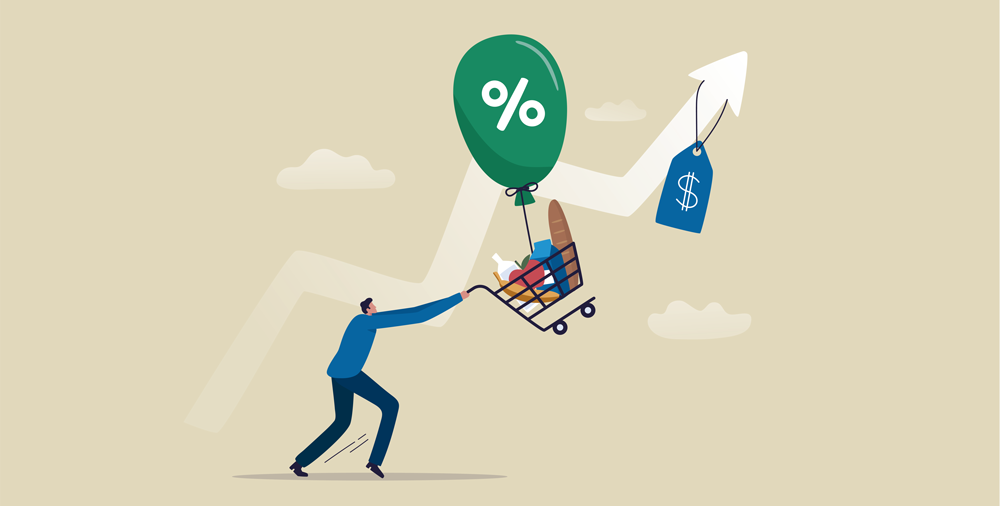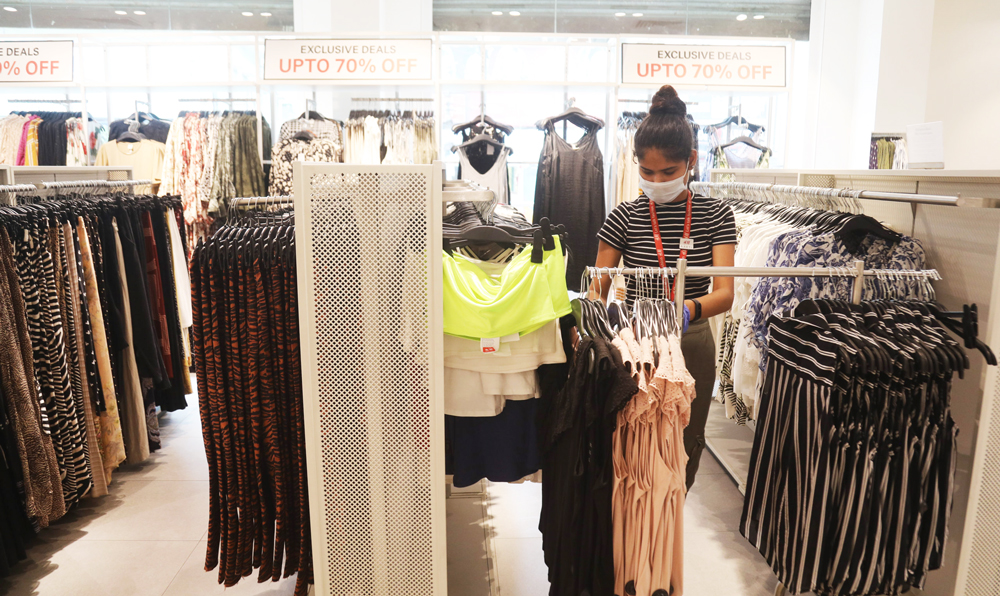
Department store sales have increased considerably in recent times in several countries. In Mexico, they had a rebound of 21.1% in June 2021 compared to the same month of the previous year. In Chile, there was an increase of 27% in sales in the first five months of the year, according to data from the Santiago Chamber of Commerce, becoming the country with the highest growth worldwide.
The encouraging figure recorded in Chile, which led it to surpass countries such as China, Ireland, and the United States, was due to various economic aids provided as a result of the pandemic and, above all, to the sanitary protocols established by the trade, which managed to give confidence to customers. This last factor has also been a determining factor in Mexico, where consumer confidence has returned to pre-pandemic levels, increasing by 12.5 points compared to the previous year and directly influencing the return of people to the stores.
However, this growth brings a series of challenges for stores. Technology and an omnichannel strategy play a fundamental role in maintaining it in the future
Challenges
Fashion and accessory stores need to capture the customers’ momentum since they have had several changes in their forms, consumption, and purchase frequency in the last year due to pandemic-related restrictions.
Marisol Huerta, consumer specialist of Ve Por Más, said that although the sale of clothing has skyrocketed in recent months, most of it is related to items not sold last year. Hence, the sales strategies of these products are particular to this scenario.
According to information from the consulting firm McKinsey, the business will experience some changes such as closer production, more flexible supplies, and shorter, more basic, and durable collections, probably less subject to the seasons and more to sustainability. In this scenario, technology becomes key for stores to achieve the necessary agility to implement and execute better and faster commercial strategies. It also enables an efficient omnichannel focus that allows the products that customers see in digital media to be available when they visit physical stores.
Considering that currently the number of visits has decreased, but in contrast, each visit has a greater willingness to buy, it is essential that promotional implementations are listed, reviewed, and implemented for each customers’ visit.
Technology: An ally for productivity in implementation and management.
An excellent example of how technology is key to improve productivity is the possibility to deliver to stores detailed information for activations, promotional activities, or seasonal changes and instructions about how it should be executed for each category.
Currently, stores receive standard digital or physical instructions for all stores alike. Directions may include instructions, photos, SKU lists, color and size curves, specifications about furniture to assemble the implementation, POP material, and more. Then, stores select which ones correspond to them and execute them, depending on their product mix, categories, and layout. The larger the store, the longer it takes to identify the right combinations, which generates more room for errors and it increases the complexity to correct them and measure the impact on different indicators of promotional effectiveness.
The right technology, like a task manager, will allow the creation of specific activations as tasks for the stores. Then, it is possible to automatically send to each store only the promotional activations that correspond to it according to its format, product mix, POP material, furniture, etc. If we take for example a department store, you could target the tasks to each head of a department according to the category that corresponds. This direct and more focused communication will significantly increase the productivity of the store’s operation team.
In the same way, as the stores implement the activations, the same platform will provide feedback, showing the execution through photographs and comments. Since all the information is stored online, it will provide complete traceability of progress, giving full chain-level visibility.
In Frogmi, we are convinced that technology is an ally to solve all the management and efficiency problems in stores. We know that it is difficult to track what is happening in stores in the current health context. Solutions like ShelfManager enhance the remote monitoring of activities’ compliance in real-time, allowing the same (or even greater) control than physical store visits. Since its cloud-based, it also records indicators to be analyzed later. E-commerce is becoming increasingly important, but it is estimated that 76% of goods will still be purchased in-store until at least 2025 (according to a Euromonitor report).
There is still a long way to go in improving the efficiency of in-store applications and operations, which is why it is necessary to move forward by leveraging the implementation of technology in processes, aligned with the objective of recovering, boosting, and lifting sales with a truly omnichannel and customer experience approach.




